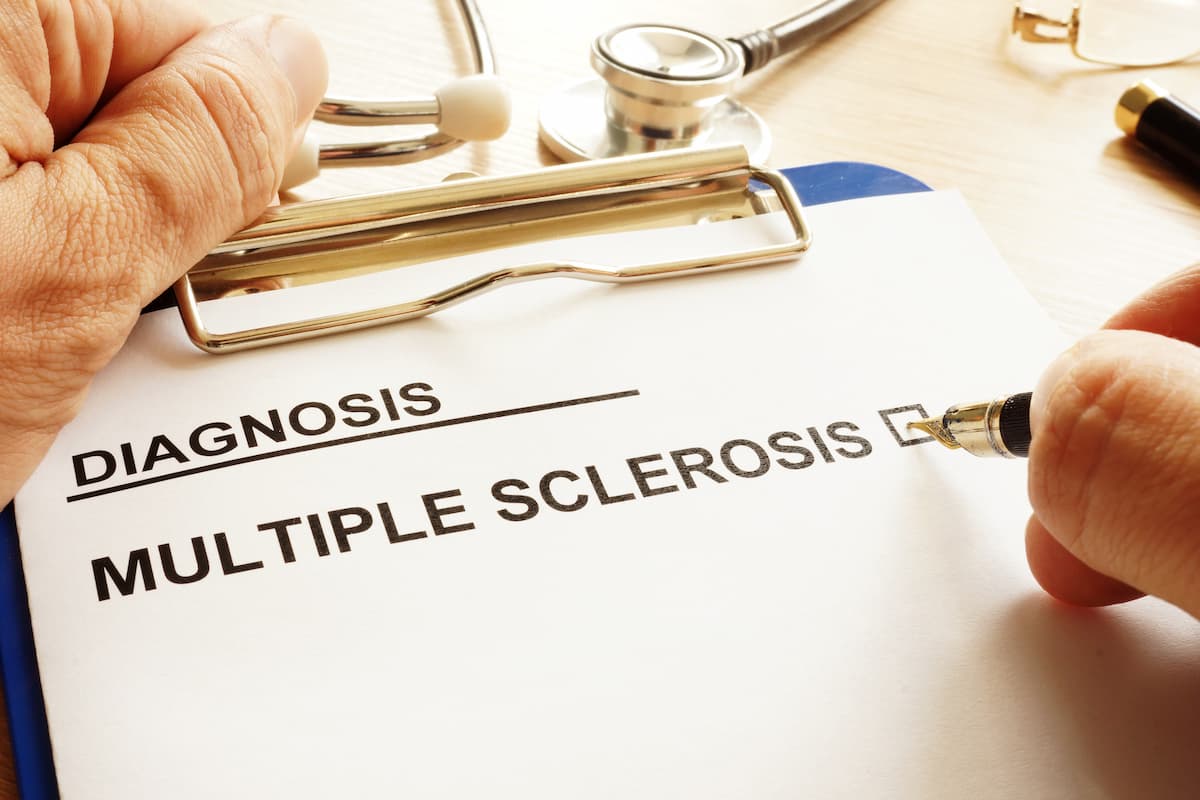Article
MRI Can Predict Progression to MS in Patients With Clinically Isolated Syndrome
Author(s):
A study recently published in Brain and Behavior has shown that certain magnetic resonance imaging (MRI) parameters correlated with a greater risk of recurrence and progression to multiple sclerosis (MS) within the first year following diagnosis of clinically isolated syndrome (CIS).
A study recently published in Brain and Behavior has shown that certain magnetic resonance imaging (MRI) parameters correlated with a greater risk of recurrence and progression to multiple sclerosis (MS) within the first year following diagnosis of clinically isolated syndrome (CIS).
CIS is a precursor to MS in many patients eventually diagnosed with the disease. However, the uncertainty of progression following the first episode of CIS, with some patients not progressing to MS until many years later, hinders decision making on the optimal time for treatment initiation in these patients. Being unable to differentiate between patients who are at higher risk of progression to MS within 1 year versus those at lower risk puts a greater strain on physicians, who have to decide whether patients require treatment shortly after their initial CIS episode.
Results from previous studies, which sought to identify key MRI and patient parameters that would predict long-term outcomes for patients after their first CIS attack, served as a baseline. However, these studies failed to analyze patient conversion to MS within the first year following CIS. The current research seeks to address this question and to help identify specific MRI parameters that correlate with progression within the first year of CIS.
Read how quantitative susceptibility mapping can track MS progression.
Of the 46 patients who were analyzed for disease recurrence, 21 had no recurrence within the first year while 25 had another clinical episode. Lesion location, number of lesions, and lesion length were notably different between the 2 outcomes. For lesion location, the temporal lobe, occipital lobe, and the area perpendicular to the corpus callosum were significantly more involved among the 25 patients who progressed to MS. The number of lesions and lesion length were also both greater in patients who progressed compared to those who did not.
Upon further inspection of the results, researchers determined that patients with greater than 13 lesions, lesion length greater than 0.75 cm, and the presence of lesions perpendicular to the corpus callosum had a 19 times greater risk of developing a second episode.
Based on the observations following MRI imaging, several markers were identified that could predict a higher risk of recurrence within the first year. The number of lesions, lesion length, and presence of lesions perpendicular to the corpus callosum seen on the MRI scan may help physicians to recognize patients who may require earlier treatment with disease-modifying drugs.
While the low number of patients enrolled in this study warrants additional trials to validate these MRI parameters, these results established MRI as a highly valuable tool to determine the prognosis of MS throughout the duration of the disease. If MRI parameters are verified to be able to pinpoint certain high-risk patients of progressing to MS within the first year from the CIS event, it will greatly improve treatment decisions for physicians.
Reference
Eran A, García M, Malouf R, et al. MRI in predicting conversion to multiple sclerosis within 1 year [published online August 2, 2018]. Brain Behav. doi:10.1002/brb3.1042.





